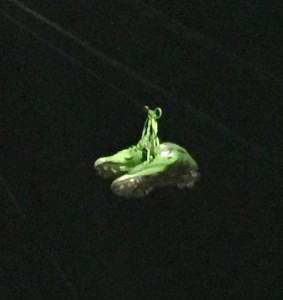
It is an old publishing maxim that “one picture is worth a thousand words,” and rarely has that been more true than with Marshawn Lynch’s recent announcement of his apparent retirement from football. In Lynch’s case, however, a thousand words would be a gross underestimate. His wordless tweet of a picture of a pair of football cleats hanging from a telephone wire, sent in the middle of the fourth quarter of the Super Bowl no less, set the internet, radio, TV and social media abuzz. Legendary for never being expansive with the media, with this method of announcing his retirement Marshawn “Out-Lynched” even himself—and never has his silence been more eloquent. Before the Super Bowl was even over Seahawks players were responding with their own tweets of what it meant to them to have Lynch as a teammate and to have played with him; and “Twelves” everywhere, me included, were re-living our memories of all the incredible runs and unbelievable plays. There have been so many in such a brief and recent period of time, that it’s hard to know if the term “nostalgia” even applies.
But whether it does or doesn’t, all I know is that our time with Marshawn Lynch here in Seattle was far too short. That’s the way it always is with the great ones it seems. When Ken Griffey Jr. was with the Seattle Mariners, that amazing ’95 run to the playoffs had just happened, and then all too quickly he was gone. With the Seahawks of an earlier era, we thought Steve Largent would be catching passes forever; and then he, too, was gone. The same will be true of Russell Wilson, who has yet to completely fulfill his vast promise. The lesson learned is to enjoy these magnificent players while we have them, and don’t waste a second, for true greatness is a rare thing. Revel in it while you have it.
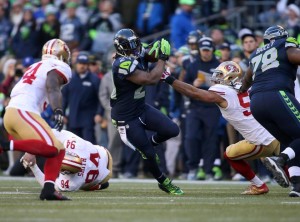
And Marshawn Lynch was a truly great running back. For his career, the first 3.5 years of which were with Buffalo, he rushed for 9112 yards and 74 touchdowns and was a 5 time Pro Bowler. For the 6 years he was with the Seahawks he rushed for 6,347 yards, 4.4 yards per carry average, and 57 touchdowns. His 59 total TDs (51 rushing and 8 receiving) lead the NFL since 2011, when he entered his prime years in Seattle; and he was the only NFL running back from 2011-2014 to score 10 TDs and rush for more than 1,000 yards in all four seasons. He also was an excellent pass receiver as well as blocker. As gaudy as the stats are, however, they do a poor job of really communicating what Lynch meant, and still means, to the Seahawks. It has long been noted by those who observe such things, that groups of people who work closely with one another to accomplish a goal develop a sort of culture, ethic and élan vital with one another. This may sound a bit nebulous, but it is true, and I believe that “Beast Mode’s” most significant value to the Seahawks was that he embodied that ethic and that spirit. It wasn’t so much the yards and the touchdowns he produced, but how he produced them that mattered. With his style he gave the Seahawks their identity; a toughness, resilience and an unkillability that would come to define the team, and still does.
He did it with his style of running and his unbelievable power. He had incredible balance and, for all of his toughness, a fantastic ability to make tacklers miss; and if he had to run away from an opponent, he could do that too; for he was, as they say in the game, as fast as he needed to be. One sports reporter had a particularly apt way of describing Lynch’s running style. It was reminiscent, he said, of a crab scurrying. This was particularly true when, after taking the handoff, he was looking for a running lane; his feet wide apart, which gave him great balance and the ability to shift directions rapidly as necessity required. The crab analogy ended when Lynch found the hole and hit the open field, however. Then his power and speed took over, and many a linebacker or defensive back found themselves in the unenviable position of having to stop “Beast Mode” one on one. In such instances they often made the “business” decision, which is one reason Marshawn racked up so many long gains and touchdowns. Tackling Marshawn Lynch in the open field was something even the toughest of players thought twice about before attempting.
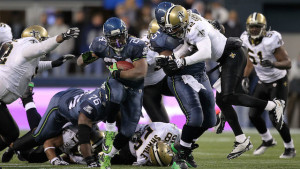
As for his great runs, there were so many one is hard pressed to pick the best. Usually his 67 yard, game clinching run against the Saints late in the 4th quarter of a wild-card game in the 2011 playoffs gets acknowledged as the best. It is that run that earned Lynch the nick name “Beast Mode”, while the run itself is and will forever be known to history as the “Beast Quake” run due to the fact that the increasing roar of the Century Link Field (then Qwest Field) crowd as Lynch broke tackle after tackle (8 broken tackles in all) actually registered on the Pacific Northwest Seismic Network’s seismographs.
As great as that run was, there are two others I can think of that at least challenge it. The first of these took place in Week 3 of the 2013 Super Bowl championship season on the road against the Houston Texans. Early in the game Seattle had the ball at their own 2 yard line with a first and 17 situation. Wilson took the snap from under center and handed it to Lynch, who ran straight up the middle, cut to his right at about the 12, and then up the sideline, breaking two tackles at about the 24 yard line and then another at the 35 before finally being brought down at the 45—a gain of 43 yards! Besides being another classic Lynch run, Marshawn’s ramble against the Texans is noteworthy for another reason—in describing it Seahawks radio announcer Steve Raible first used his now famous “Holy Catfish!” call.
The second run also occurred on the road, this time late in the 2014 season against the Arizona Cardinals. With 10 minutes and 28 seconds left in the game Seattle had the ball with a 1st down and 15 on their own 21 yard line. The play called in the huddle was Lynch’s money play, a power run designed specifically for him. Essentially it was the same play as the “Beast Quake” run and, if you will recall, the 40 yard scoring run against the 49ers in the 2014 NFC Championship game that launched Seattle to the Super Bowl. On the play, which is designed to go off left tackle, Lynch is stationed as the single running back behind Russell Wilson. On the snap of the ball the “play side” linemen (the center, left guard and left tackle) all block their assigned defenders to the right, while the right guard (JR Sweezy) pulls back to the left and leads Lynch through the created hole. Against the Cardinals the play worked so well at the point of attack that Sweezy could hardly find anyone to block. Lynch took the handoff and followed Sweezy right through the hole, broke an ankle high, arm tackle and busted into the Cardinals secondary. Just like the “Beast Quake” run and the run against the 49ers, a massive cutback lane appeared to Lynch’s right and he took off through it, angling downfield and towards the right sideline with Arizona’s Patrick Peterson and Rashad Johnson in hot pursuit. Peterson caught up with Lynch just as the Seattle running back arrived at the right sideline and was starting to cut down field. He attempted to tackle Lynch high while trying to strip the ball, but Marshawn simply shrugged him off, causing the Arizona defensive back to go flying out of bounds. A split second later Johnson arrived. Lynch tossed him aside with a stiff arm and then, while keeping his feet in bounds, took off down field running like a bat out of hell. Cardinals linebacker Alex Okafur made a dive for him at about the 20 yard line but Lynch easily broke that tackle and with the help of a late block from Ricardo Lockette, reprised his trademark, crotch grabbing, backwards dive into the end zone from his Saints “Beast Quake” play to complete a 79 yard touchdown run. For “Twelves” it was “déjà vu all over again”, which has resulted in that Cardinals run now being forever dubbed “Beast Quake 2.”
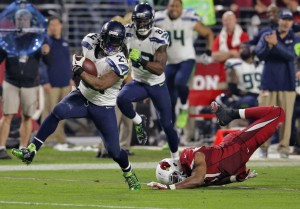
To Hawks fans, and to anyone who loves football, Lynch’s runs are poetry. There is an awesome aesthetic to his style and power that is captivating. The closest back that I can compare him to is the legendary “Tyler Rose”– Earl Campbell of the old Houston Oilers. I well recall watching Monday night football decades ago and seeing Earl break off a run much like Lynch’s run against the Cardinals. That gives you an index of the Seattle running back’s greatness; that I have to go back over 30 years to find a comparable. Now I know someone will say Barry Sanders was better, or Eric Dickerson, or Adrian Peterson, and I know those guys were and are great. But for my money I will take “Beast Mode” in his prime any day of the week.
And so, as Marshawn Lynch says farewell to football, we Hawks fans say farewell to him. Though his time with us was short, we can be thankful for every minute; for it’s not a coincidence that the Seahawks best and most dominant years in their history took place once he arrived as their running back.
We didn’t know it then, but when he came to us from Buffalo he brought to our team the heart of a champion; and he became, and perhaps still is, the soul of the Seattle Seahawks!
Copyright © 2016
By Mark Arnold
All Rights Reserved

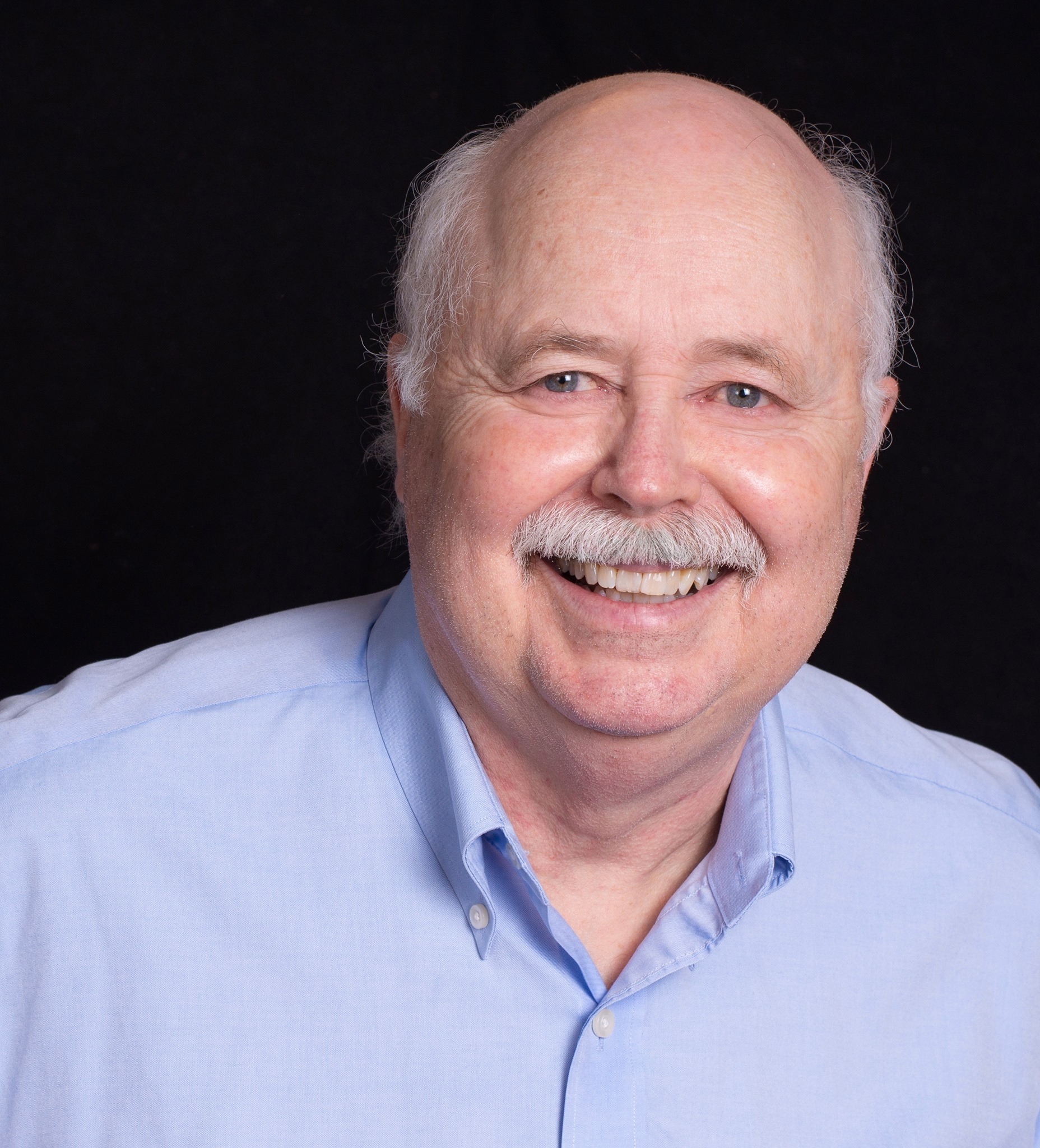
6 Responses
Thank you Mark!
Thanks Scott! I will miss Marshawn Lynch! MA
You nailed it! I hope Lynch gets a chance to read this. ..
Thanks Tammy! This one was heartfelt…maybe you could tell. LU M
Very well communicated Mark, you have beautifully and vividly touched upon defining moments of Marshawns time here, as well as the big picture perspective to the Seahawk organization and Seahawk Nation. This touching tribute ignites the torch surely, to the impending immortilization of Marshawn and the spiritual energy we will forever remember as Beastmode,
Thanks Steve! There will never be another quite like Marshawn Lynch. I will miss him…L, MA